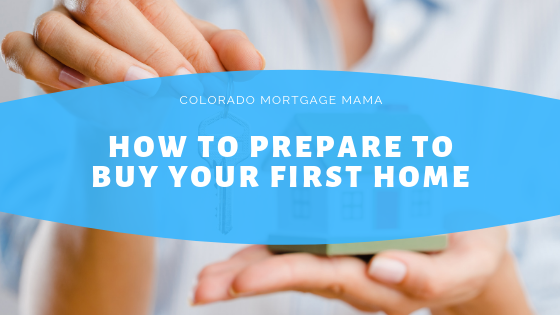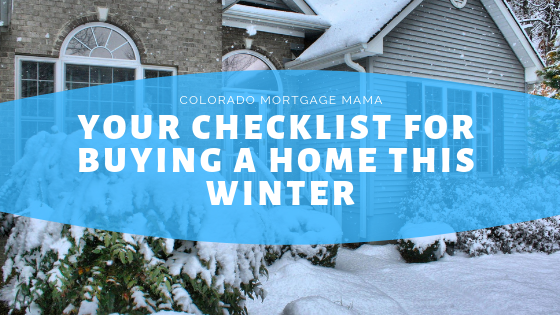When’s the Right Time to Sell Your Home?
There’s an old adage that the three most important words in real estate are “Location, location, location.” But maybe it’s time to add a fourth one to that mix—time. As in, when is the best time to try to sell your home? There are many different currents of thought that suggest the best time of year to list your house.
Here are aspects you need to consider for your specific house and market before making the decision on when to sell your home:
Spring is Generally Best
The standard has generally been that spring is the best time to sell your home. During this time of year, people are out and more active now that the weather is getting warmer. As a result, you have more traffic going by to notice your house is for sale. Also, the weather is generally better which means it is easier to move. All of this adds up to a good combination which often leads to more sales. If you plan to put your home on the market during the spring, then it is a good idea to do repairs and touch-ups during the fall and winter to have it ready for the sales season.
Spring May Not Be Best
OK, you’re probably saying, isn’t this the exact opposite of what you just said. Yes, it is, but bear with me. Spring is usually packed with lots of people trying to sell their homes. Yes, you will get more foot traffic viewing your home, but you will also have A LOT of competition from other homeowners who are also following the old spring standard. Some studies have found that you may get more for your home if you try to sell in the winter (from November to March). This is because there are fewer homes on the market and those who are desperate to move don’t have a lot of negotiating room.
What About Summer and Fall?
Generally speaking, these have been slower times of the year for house sales. Depending on the weather in your area, summer is often too hot for people to want to get out and walk around properties. Also, people have other things going on like vacations and summer family activities. Similarly, fall is usually taken over by back-to-school activities. When you couple this with the sun going down earlier and the weather being rainy, then you can see why people don’t tend to go out to house shop during this time of year.
There are lots of different ideas as to when is the best time to sell your home. Ultimately, you need to find the date that works best with your market and your needs. Talk to your real estate agent to find the time that is perfect for you.
**********








